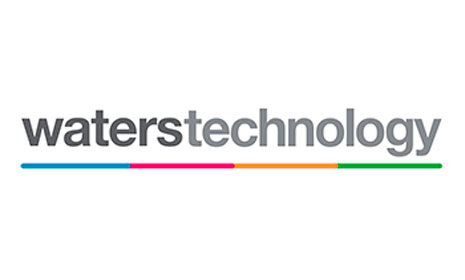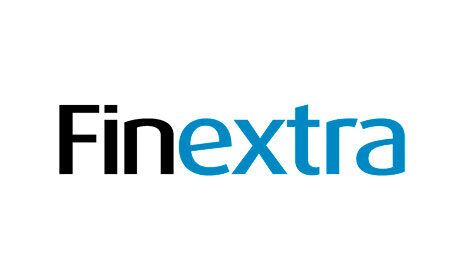FpML has been a key enabler of automation in the derivatives industry, but its value could be further enhanced by providing value-added web services with open connectivity.
First published in Waters Technology, 6 June 2019
These services will be equally important for the next generation of data and processing standards based on DLT and blockchain, write ISDA’s Karel Engelen and TradeHeader’s Marc Gratacos.
The increased automation of over-the-counter (OTC) derivatives is built on the foundations of Financial products Markup Language (FpML)—an open-source standard for the electronic dealing and processing of derivatives. Rapid development and recent breakthroughs in distributed-ledger technology (DLT) and blockchain offer exciting possibilities to streamline post-trade processing, increase process automation and reduce reconciliations, all with the goal of increasing efficiency and reducing costs. The International Swaps and Derivatives Association’s (ISDA) Common Domain Model provides the building blocks for the DLT environment.
Application programming interfaces (APIs) play an important role in this development. An API is a set of software requirements that define how a software application can interact with other software applications. It provides software developers with the information needed to program access to a specific application or web service.
Web services and their accessibility through open APIs provide extra customization and functionality that, if well designed, will enhance the existing infrastructure and can be easily leveraged in a DLT environment.
An example is version 1.0 of ISDA’s open- source FpML to ISIN JavaScript Object Notation (JSON) Generator, released in September 2018. This tool addresses the data integration challenges posed by the introduction of International Securities Identification Number (ISIN) codes for OTC derivatives in the revised Markets in Financial Instruments Directive (Mifid II). In force since January 2018, Mifid II requires an ISIN—a unique 12-digit identifier code—for OTC products traded on European Union trading venues. The generator leverages FpML to assign a product taxonomy classification to an OTC trade and subsequently produce the input variables for the ISIN creation service to generate the code.
The generator takes FpML trades as an input, extracts values from the relevant FpML data fields and generates and validates the proprietary JSON format required by the Derivatives Service Bureau (DSB), the service that creates the ISINs. As such, the generator bridges the data disconnect between the format and representation used traditionally by firms and the DSB JSON format.
Furthermore, the generator simplifies product classification. This would otherwise be challenging because the data required by the DSB varies by product type, and users need to classify the products before submitting the ISIN request. Producing the correct product classification from the ISDA OTC derivatives taxonomy requires firms to be able to identify a range of key data elements. The generator allows these data elements to be retrieved in a simple and effective way.
This example of the FpML to ISIN JSON web service and API underlines the potential for standards to move beyond mere publication on a static website. By providing the services via an API, systems can connect and extract the information from the service in an automated fashion. Systems connecting to the API can vary from internal applications to other web services, or applications running in a DLT environment, such as smart contracts.
In a DLT environment, the infrastructure is not closed and needs access to a variety of services, such as the generator, that provide a specific business function. The API then becomes another channel for publication and deployment, opening the way for the provision of value-added services and business models.
In the case of the FpML to ISIN JSON Generator, the service leverages the FpML standard. A similar approach can be taken to make the information published via the FpML standard itself more accessible. Looking ahead, this could include the reference data published by FpML, such as coding schemes and values, or the FpML business validation rules. Crucially, the speed and ease of implementation across the whole development process improves considerably, resulting in tangible cost savings.


